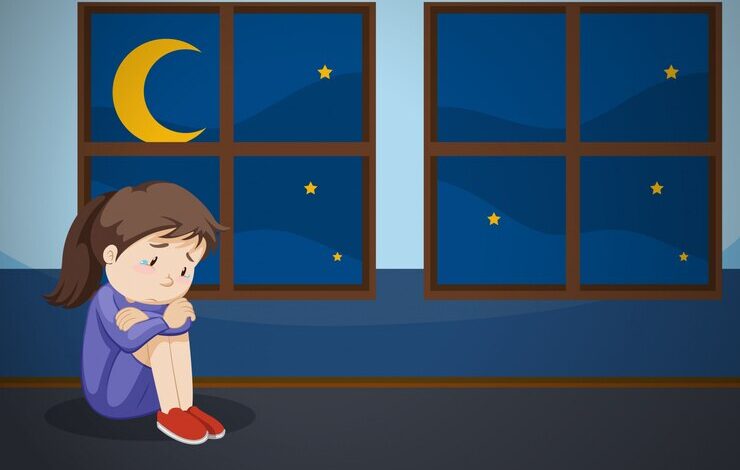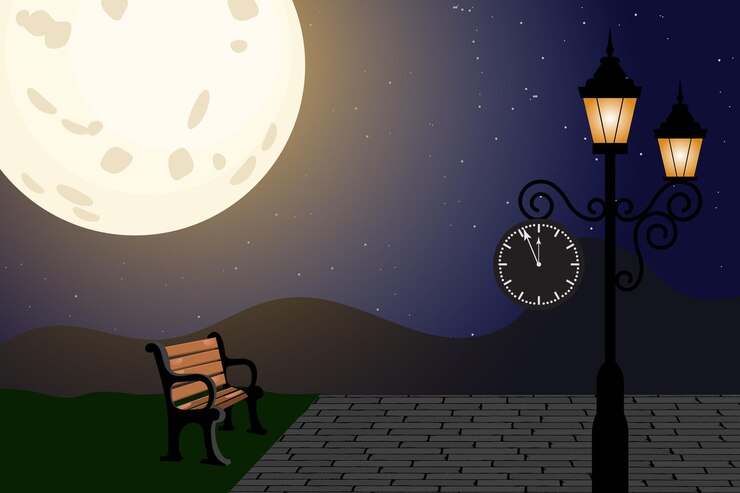Aaj Chand Kitne Baje Nikalega: Understanding the Significance and Timing of the Moon

The moon has always held a special place in human culture and mythology. Its phases and appearance have influenced festivals, traditions, and even personal rituals. In India, the question “Aaj Chand Kitne Baje Nikalega?” often arises, especially during significant events like Karva Chauth or Eid. This article will explore the importance of the moon, how to find out when it will rise, and its cultural relevance.
The Cultural Significance of the Moon
A Symbol of Beauty and Romance
Throughout history, the moon has been a symbol of beauty, love, and romance. Poets and artists have drawn inspiration from its soft glow, creating timeless works that celebrate its allure. In many cultures, the moon represents femininity, intuition, and emotional depth.
The Moon in Indian Traditions
In Indian culture, the moon is not just a celestial body; it is intertwined with various rituals and festivals. For instance:
- Karva Chauth: This festival is dedicated to married women who fast for the long life of their husbands. The sighting of the moon marks the end of their fast, making it a highly anticipated event.
- Raksha Bandhan: The festival symbolizes the bond between brothers and sisters. The moon’s appearance is significant as it is believed to bring blessings to relationships.
- Chandra Darshan: This is a ritual performed after the new moon, where people offer prayers to the moon, asking for prosperity and peace.
When Will the Moon Rise Today?
Determining when the moon will rise is essential for many rituals and activities. The timing can vary based on geographical location and the lunar calendar. Here’s how to find out:
1. Local Panchang (Hindu Calendar)
Every region has its own Panchang, which provides detailed information about the timing of the moon’s phases. You can consult your local Panchang for accurate timings.
2. Weather Apps
Modern technology has made it easier to find out moon timings. Many weather apps provide real-time updates about the moon’s rise and set times based on your location.
3. Online Resources
Websites dedicated to astronomical data can give you precise information about the moon’s rise. These platforms often allow you to input your location for tailored information.
4. Social Media and Community Groups
Many cultural and religious organizations share moon timings on their social media platforms, especially during significant festivals. Joining these groups can help you stay informed.
5. Local News Channels
During festivals, local news channels often provide updates about moon timings. This can be a reliable source, especially in regions where festivals are widely celebrated.
The Ritual of Moon Sighting
Once you have determined when the moon will rise, it’s essential to know how to prepare for the sighting:
Preparation for the Ritual
- Gathering Materials: Collect items like a thali (plate), diya (lamp), flowers, and sweets. These are typically used for the ritual.
- Dress Appropriately: Many people wear traditional attire during moon-sighting rituals. This adds to the festive atmosphere.
- Setting Up the Altar: Create a small altar or space where you can perform the ritual. It should be clean and adorned with flowers and lights.
- Inviting Family and Friends: The moon-sighting ritual is often a communal activity. Invite family members and friends to join you for the occasion.
The Ritual Process
- Waiting for the Moon: Gather outside with your family or friends, waiting for the moon to appear. This is often accompanied by singing or chanting.
- Praying: Once the moon is visible, offer your prayers and express your wishes for health and prosperity.
- Breaking the Fast: In rituals like Karva Chauth, women break their fast after sighting the moon. This is a moment of joy and celebration.
The Moon’s Influence on Our Lives
Emotional Well-being
The moon is known to influence our emotions. Many believe that lunar phases can affect mood and behavior. For example, full moons are often associated with heightened emotions and energy levels.
Tidal Effects
The moon’s gravitational pull significantly impacts Earth’s tides. This phenomenon is not only fascinating but also crucial for marine life and coastal ecosystems.
Agriculture
Farmers often consider the moon’s phases when planting and harvesting crops. Many believe that certain lunar phases promote better growth.

Fun Facts About the Moon
- Surface Characteristics: The moon’s surface is covered with craters and mountains, and it has no atmosphere. This means it cannot support life as we know it.
- Distance from Earth: The average distance of the moon from Earth is about 238,855 miles (384,400 kilometers).
- Moon Phases: The moon goes through eight phases in a lunar cycle, from new moon to full moon and back.
- Lunar Calendar: Many cultures, including the Indian calendar, are based on lunar cycles, making it crucial for cultural events.
- Gravity: The moon’s gravity is about one-sixth that of Earth’s, which is why astronauts can jump higher on the moon.
Conclusion
The question “Aaj Chand Kitne Baje Nikalega?” is more than just a query about time; it encapsulates the significance of the moon in our lives. Its appearance is tied to rituals, emotions, and even agricultural practices. Whether you’re waiting to break a fast or simply enjoying a night under the stars, the moon has a unique way of connecting us to our traditions and each other.
Understanding the timing of the moon can enrich our experiences and deepen our appreciation for the natural world. So, the next time you ask about the moon’s rise, remember that it holds a treasure trove of cultural and personal significance. Enjoy the beauty of the moon, participate in rituals, and let it inspire you to connect with your loved ones.





